Did you know that garlic leaves offer a multitude of benefits in both gardening and cooking? These versatile and attractive plants are not only visually appealing but also provide natural weed suppression, erosion control, and support wildlife habitats. Adding garlic leaves to your garden can enhance its aesthetic appeal while infusing your dishes with a delightful garlicky flavor. Let’s delve into the incredible world of garlic leaves and discover how they can elevate your garden and culinary experiences.
Key Takeaways:
- Garlic leaves are versatile plants that have ornamental value and can act as natural weed suppressants and erosion control measures in your garden.
- They emit a distinct garlicky aroma, adding a delightful sensory experience to your outdoor space.
- Garlic leaves have historical medicinal uses and are sought after for their potential health benefits.
- When it comes to cooking, garlic leaves can be used as a flavorful ingredient in various dishes.
- Incorporating garlic leaves into your garden not only enhances its beauty but also provides a source of nutritional benefits.
The Ornamental Value of Garlic Leaves
Garlic leaves are not only flavorful but also possess great ornamental value, making them an excellent addition to any garden or landscaping project. With their delicate white flowers and lush green foliage, garlic leaves add a touch of beauty and elegance to outdoor spaces.
When planted in gardens, garlic leaves can form dense carpets of foliage, creating a visually appealing ground cover, especially in shaded areas or woodland gardens. Their vibrant green color and distinctive texture add depth and dimension to any landscape.
The flowering period of garlic leaves, typically in late spring, is another highlight of their ornamental value. During this time, they produce clusters of small, star-like blooms that attract valuable pollinators such as bees and butterflies, enhancing the biodiversity of your garden.
I love how garlic leaves transform my garden into a fragrant and visually captivating space. The delicate flowers and lush foliage never fail to draw admiration from visitors.
Whether used as border plants, planted in containers, or integrated into larger landscaping projects, garlic leaves bring aesthetic appeal and a touch of nature’s beauty to any outdoor setting.
Gardening Ideas with Garlic Leaves
If you’re looking for inspiration, here are a few ideas to incorporate garlic leaves into your garden:
- Create a stunning border by planting rows of garlic leaves along the edges of your garden beds.
- Integrate garlic leaves with other shade-loving plants to create a lush and harmonious woodland garden.
- Plant garlic leaves in containers and place them strategically around your patio or outdoor seating area to add a pop of greenery.
By exploring different ways to feature garlic leaves in your garden, you can maximize their ornamental value and elevate the overall aesthetic of your outdoor space.
| Benefits of Garlic Leaves in Landscaping | Examples |
|---|---|
| Provides ground cover | Create a beautiful carpet-like effect in shady areas |
| Attracts pollinators | Enhance biodiversity with bees and butterflies |
| Adds texture and depth | Introduce a visually appealing element to garden designs |
| Offers versatility | Suitable for borders, container gardening, and landscaping projects |
Non-edible Uses of Garlic Leaves
Garlic leaves serve purposes beyond just culinary delights. In the world of landscaping, these versatile plants offer numerous non-edible uses that can enhance the natural beauty of your outdoor space.
- Garlic leaves have the ability to naturalize areas of your landscape, adding a touch of wild charm. With their tendency to spread and self-seed, they can create a harmonious and organic look in your garden.
- One of the remarkable properties of garlic leaves is their role as natural weed suppressants. By planting them strategically, you can minimize the growth of unwanted plants, reducing the need for chemical herbicides and maintaining a thriving garden ecosystem.
- With their extensive root system, garlic leaves are effective in controlling soil erosion on slopes and hilly areas. Their ability to anchor the soil prevents it from washing away during heavy rains, thus safeguarding the integrity and stability of your landscape.
- Furthermore, garlic leaves contribute to the creation of wildlife habitats. The dense foliage provides shelter, nesting sites, and a source of food for various species, supporting biodiversity in your garden. By welcoming wildlife into your outdoor space, you can establish a vibrant and harmonious ecosystem.
Embrace the non-edible potential of garlic leaves in your landscaping endeavors. Let them flourish and add beauty to your garden while performing essential functions such as naturalizing areas, suppressing weeds, controlling erosion, and creating wildlife habitats. By incorporating garlic leaves into your landscape, you can achieve a harmonious coexistence between nature and design.
The Aromatic Qualities of Garlic Leaves
One of the distinct qualities of garlic leaves is their aromatic nature. They emit a distinctive garlicky aroma, which can be a delightful sensory experience in areas where people frequently walk or relax in the garden. The fragrance adds an extra element of enjoyment to the outdoor space and can enhance the overall sensory experience of being in the garden.
If you’ve ever been near a garlic plant, you know that the smell is unmistakable. That same enticing aroma can be found in garlic leaves. When the leaves are touched or brushed against, they release their garlicky aroma. This scent not only adds a pleasant fragrance to the garden, but it can also have practical uses, such as keeping pests away from your plants. The strong aroma acts as a natural deterrent, keeping unwanted insects at bay.
Garlic leaves can also be used in various DIY projects to make scented oils, potpourri, or sachets. Simply crush the leaves and mix them with carrier oils or add them to homemade potpourri mixtures for a delightful and aromatic touch. The possibilities are endless when it comes to incorporating the aromatic qualities of garlic leaves into your garden and daily life.
Adding garlic leaves to your garden not only enhances its visual appeal but also surrounds you with the wonderful garlicky aroma that is sure to lift your spirits and create a unique sensory experience.
To fully appreciate the aromatic qualities of garlic leaves, consider planting them in areas where you frequently spend time, such as near seating areas, walkways, or garden beds. This way, you can fully immerse yourself in the delightful scent as you enjoy your outdoor space.
Historical Medicinal Uses of Garlic Leaves
Garlic leaves have a long and fascinating history of being used for medicinal purposes. Throughout the ages, various cultures have recognized the potent healing properties of garlic leaves and incorporated them into traditional medicine. These leaves are not only a flavorful addition to meals but also possess numerous health benefits.
“Garlic is eaten and used for medicine and a strong smell is exuded from the mouth. It stimulates libido.” – Hippocrates, the Father of Medicine
Historically, garlic leaves have been valued for their potential to boost the immune system, improve digestion, and promote cardiovascular health. They contain a compound called allicin, which exhibits antimicrobial, antifungal, and antiviral properties, making garlic leaves an effective natural remedy for various ailments.
Ancient civilizations such as the Egyptians, Greeks, and Romans utilized garlic leaves to treat a wide range of conditions, including respiratory infections, digestive disorders, and high blood pressure. These cultures recognized the unique healing properties of garlic leaves and documented their medicinal uses in ancient texts and scrolls.
“Garlic leaves have been regarded with reverence since ancient times, revered for their medicinal powers, and sought during pandemics and plagues.” – Avicenna, Persian Physician
Treating Infections and Boosting the Immune System
Garlic leaves have been traditionally used to combat infections due to their strong antimicrobial properties. They contain compounds that help stimulate the immune system, making it more effective in fighting off pathogens. Garlic leaves have been used to treat respiratory infections, such as colds and flu, as well as skin infections and wounds.
Promoting Cardiovascular Health
Garlic leaves have long been recognized for their potential to support heart health. They contain compounds that may help lower cholesterol levels, reduce blood pressure, and improve circulation. These cardiovascular benefits make garlic leaves a valuable addition to a heart-healthy lifestyle.
Improving Digestion
In traditional medicine, garlic leaves have been used to aid digestion and alleviate gastrointestinal issues. They can help stimulate the production of digestive enzymes, improve gut health, and reduce bloating and discomfort. Incorporating garlic leaves into your diet may promote optimal digestion and overall digestive wellness.
| Medicinal Uses | Health Benefits |
|---|---|
| Treating infections | Boosts immune system and fights pathogens |
| Promoting cardiovascular health | Helps lower cholesterol, reduce blood pressure, and improve circulation |
| Improving digestion | Stimulates digestive enzymes and aids in digestive wellness |
While further research is needed to fully understand the therapeutic properties of garlic leaves, their historical use in traditional medicine showcases their potential health benefits. To harness the healing potential of garlic leaves, they can be incorporated into your daily meals or used as an ingredient in herbal preparations.
Next, we’ll explore the culinary aspects of garlic leaves, including how to cook with them and some delicious recipes that highlight their unique flavor and versatility.
Cooking with Garlic Leaves
Garlic leaves are not only versatile in the garden but also lend their delicious garlic flavor to various recipes. Whether used as a substitute for garlic cloves or as a flavor enhancer, garlic leaves add a unique twist to dishes. They are particularly popular in Asian cuisines, where they are featured in stir-fries, soups, and salads. The possibilities are endless when it comes to cooking with garlic leaves!
Here are a few ways to incorporate garlic leaves into your culinary creations:
- Garden-fresh pesto: Blend garlic leaves with pine nuts, Parmesan cheese, olive oil, and a hint of lemon juice to create a vibrant and aromatic pesto sauce. Toss it with pasta, spread it on crusty bread, or drizzle it over grilled vegetables for a burst of flavor.
- Garlic leaf stir-fry: Sauté garlic leaves with your favorite vegetables and proteins for a quick and nutritious meal. The garlic flavor infuses the dish, adding depth and complexity. Serve it over steamed rice or noodles for a satisfying and flavorful dish.
- Garlic leaf soup: Add chopped garlic leaves to soups and stews for a fragrant and savory twist. They can complement a range of flavors, from tomato-based soups to delicate vegetable broths. Don’t forget to garnish with a few fresh garlic leaves for an extra pop of green!
- Garlic leaf salad: Toss garlic leaves into your favorite salad mix for an unexpected burst of garlicky goodness. Their vibrant color and mild flavor add freshness and complexity to any salad. Top it off with a light dressing of lemon juice and olive oil.
Recipe: Garlic Leaf and Mushroom Stir-Fry
This simple and flavorful stir-fry brings together the earthy flavors of garlic leaves and mushrooms. It’s a quick and satisfying dish that can be enjoyed as a main course or a side dish.
“The garlic leaves add a unique twist to this traditional stir-fry. The combination of their garlicky flavor and the umami taste of mushrooms creates a truly mouthwatering dish.”
– Chef Michael Smith
| Ingredients | Instructions |
|---|---|
|
|
Try out this recipe and explore the unique flavor and versatility of garlic leaves in your cooking. You’ll be amazed at how they can elevate the taste of any dish!
Nutritional Value of Garlic Leaves
Garlic leaves are not only flavorful but also packed with nutritional benefits. Incorporating garlic leaves into your diet can contribute to a well-rounded and nutritious meal plan. Here are some key nutritional attributes of garlic leaves:
- Low in calories
- Good source of vitamins A, C, and K
- Contain minerals such as calcium, potassium, and iron
By adding garlic leaves to your meals, you can enjoy their delicious taste while reaping the nutritional benefits they offer.
Garlic Leaves Nutritional Profile
| Nutrient | Amount per 100g |
|---|---|
| Calories | 30 |
| Vitamin A | 1650 IU |
| Vitamin C | 31.2 mg |
| Vitamin K | 151.7 mcg |
| Calcium | 48 mg |
| Potassium | 360 mg |
| Iron | 1.7 mg |
Garlic leaves are a nutritious addition to your meals, offering a low-calorie option with abundant vitamins and minerals.
Growing Garlic Leaves
Garlic leaves are a wonderful addition to any garden, and with a few simple tips, you can easily grow them in your own backyard. Whether you have a dedicated vegetable garden or a small plot in your yard, garlic leaves can thrive and provide you with delicious flavor and aroma. Here are some essential tips for growing garlic leaves in your garden:
Choosing the Right Location
Garlic leaves thrive in shaded areas or woodland gardens. It is important to choose a spot that receives partial shade throughout the day. Avoid planting garlic leaves in full sun, as this can cause their delicate leaves to wilt and burn. If you don’t have a shaded area, you can create shade using a shade cloth or by planting taller plants nearby to provide some protection.
Preparing the Soil
Garlic leaves prefer moist, well-drained soil. Before planting, prepare the soil by removing any rocks, weeds, or debris. Garlic leaves benefit from a fertile soil, so you can amend it with organic matter like compost or well-rotted manure to improve its nutrient content. This will provide a good foundation for healthy growth.
Planting in the Fall
For optimal growth, it is recommended to plant garlic leaves in the fall. They require a period of cold dormancy to develop strong roots and bulbs. Planting in the fall allows the garlic leaves to establish themselves before the winter months. This way, they will be ready to sprout and grow vigorously when the weather warms up in the spring.
Watering and Fertilizing
Garlic leaves require regular watering to keep the soil evenly moist. Avoid overwatering, as this can lead to rot and disease. A layer of organic mulch around the plants can help retain soil moisture and suppress weeds. Additionally, garlic leaves benefit from occasional fertilizing. Use a balanced organic fertilizer according to the package instructions to provide them with the necessary nutrients for healthy growth.
Harvesting Garlic Leaves
Garlic leaves can be harvested when the bottom leaves start to wilt and turn brown. Gently pull or cut the leaves close to the base, leaving the central stem intact. The leaves can be used immediately in your cooking to add a burst of fresh garlic flavor. Remember to leave some leaves on the plant to encourage further growth and bulb development.
By following these simple tips, you can successfully grow garlic leaves in your garden. With their flavorful taste and attractive foliage, they will not only enhance your culinary delights but also add beauty to your outdoor space.
Tips for Growing Garlic Leaves
| Tip | Description |
|---|---|
| Choose the Right Location | Select a shaded area or create shade using a cloth or taller plants. |
| Prepare the Soil | Remove rocks and weeds, amend with organic matter for fertile soil. |
| Planting in the Fall | Allow for cold dormancy and establishment before spring growth. |
| Watering and Fertilizing | Keep the soil evenly moist, use organic mulch, and fertilize occasionally. |
| Harvesting Garlic Leaves | Harvest when bottom leaves wilt and turn brown, leaving some for further growth. |
With these tips, your garden will flourish with delicious and aromatic garlic leaves that can be used in various culinary endeavors.
Conclusion
Garlic leaves, with their diverse range of benefits, are truly a gem in both gardening and cooking. When added to gardens, these versatile plants enhance the visual appeal of any space, providing a lush green foliage and delicate white flowers that attract pollinators. Additionally, by incorporating garlic leaves into your outdoor space, you can experience their natural weed suppression and erosion control properties, creating a low-maintenance and beautiful garden.
Moreover, garlic leaves play a vital role in supporting wildlife habitats. The dense foliage and self-seeding ability of these plants provide shelter and food sources for various species, contributing to the overall biodiversity of your garden. The distinct garlicky aroma emitted by garlic leaves adds a delightful sensory experience to your outdoor space, making it even more enjoyable and inviting for relaxation and gatherings.
Not only are garlic leaves beneficial in the garden, but they also offer a flavorful addition to a wide range of dishes. By incorporating garlic leaves into your cooking, you can enjoy their unique taste and aroma. Whether used as a substitute for garlic cloves or as a flavor enhancer in Asian cuisines, these leaves bring a rich and aromatic profile to your meals.
In summary, by embracing the benefits of garlic leaves in both gardening and cooking, you can elevate your outdoor space while adding a flavorful touch to your culinary creations. So why not bring the beauty, aroma, and taste of garlic leaves into your life? Start growing and cooking with these versatile plants today, and experience the multitude of benefits they offer.

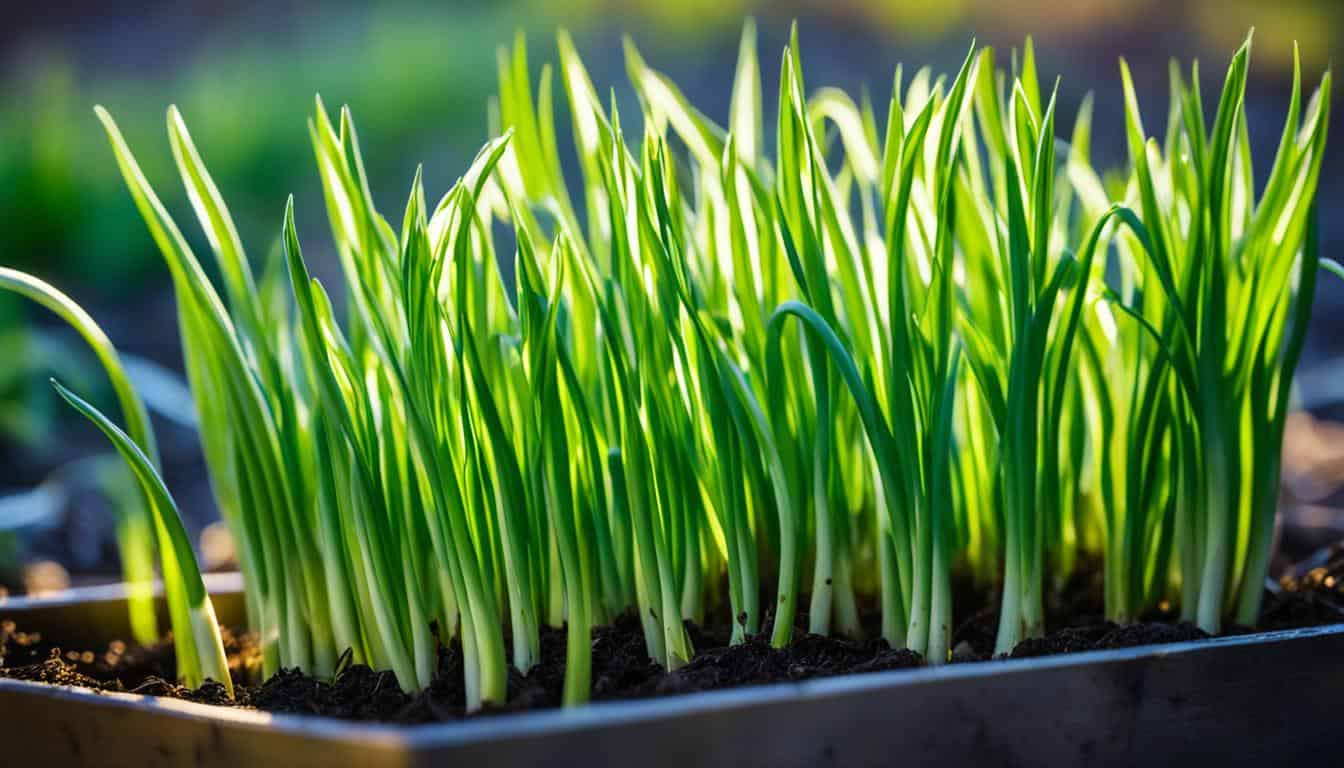
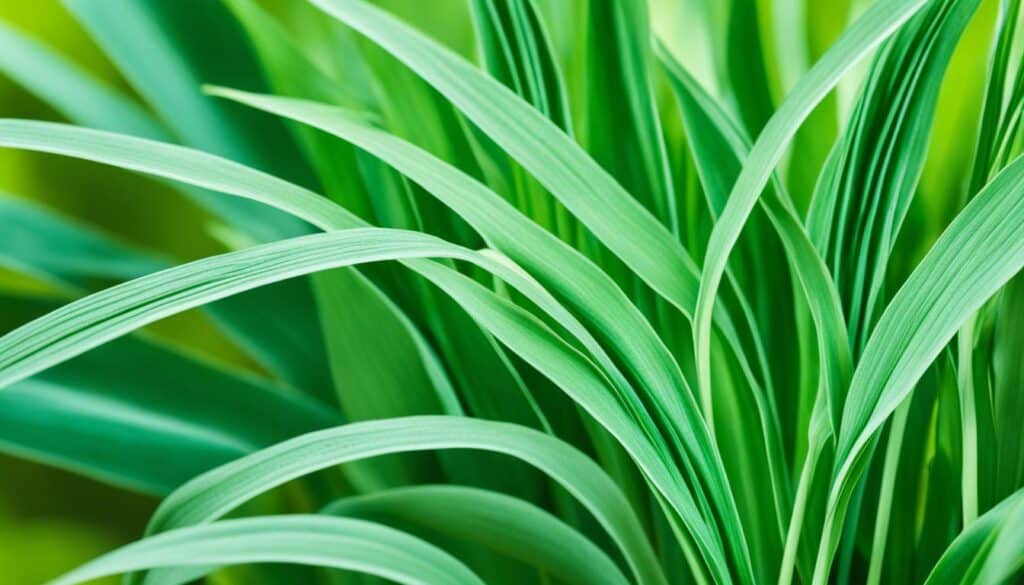
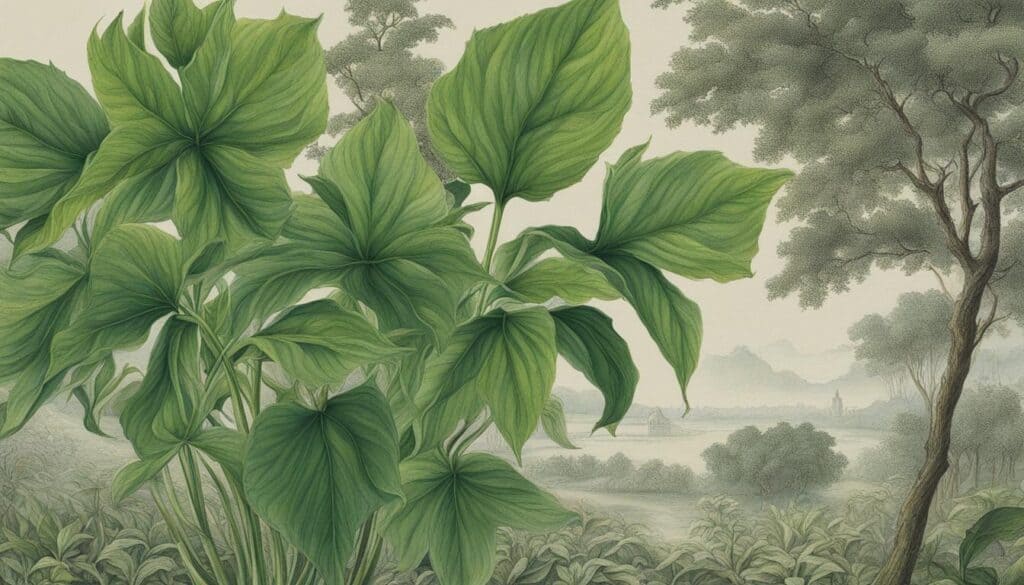
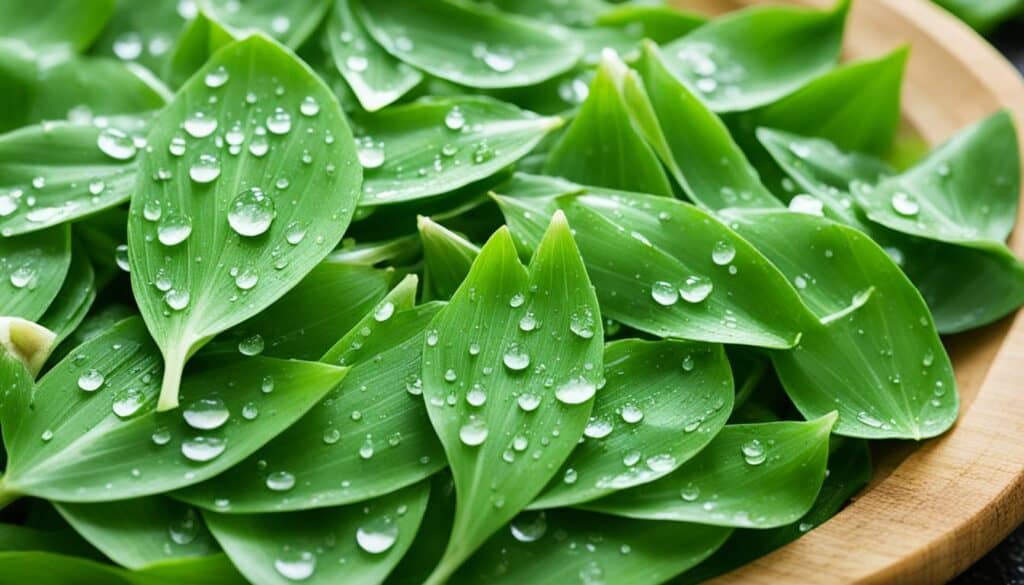
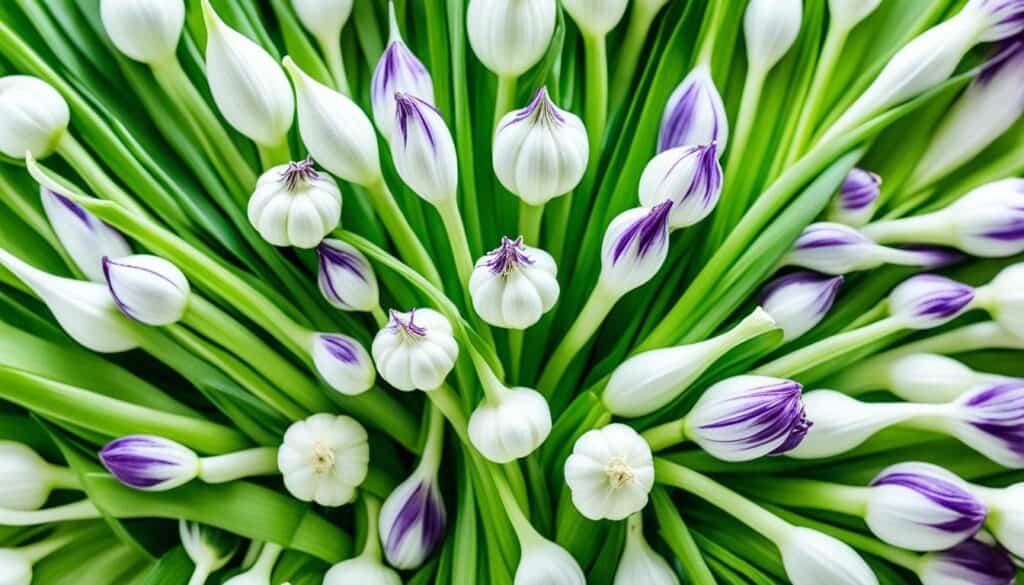
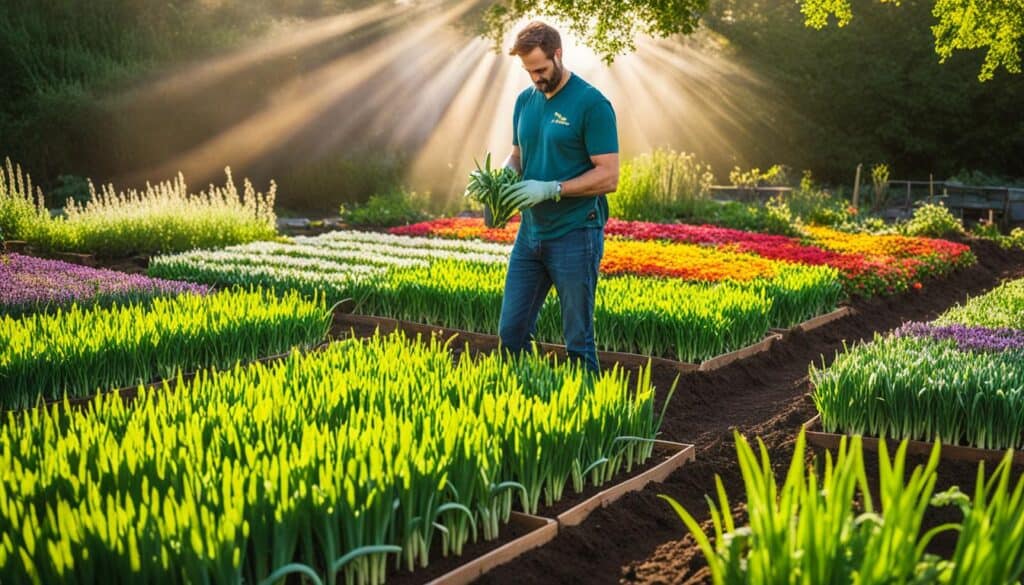

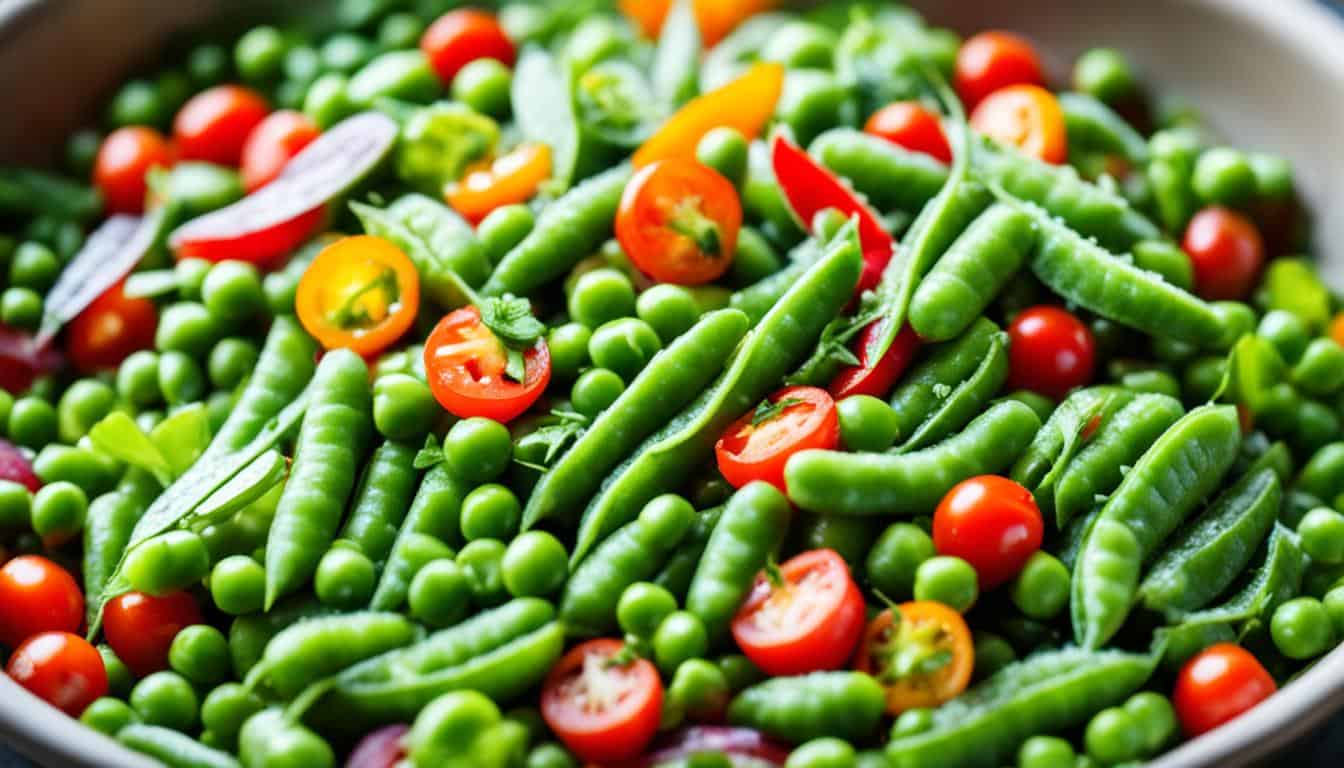
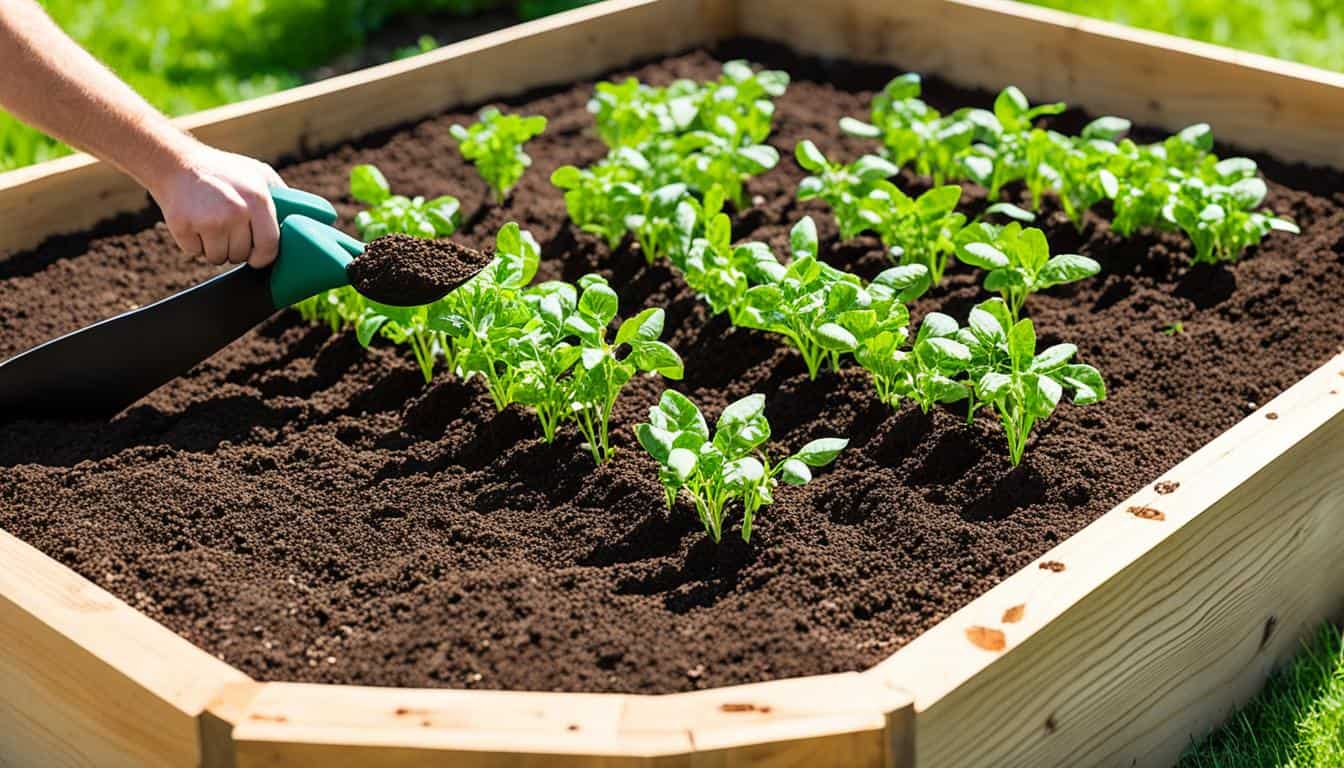
Leave a Reply